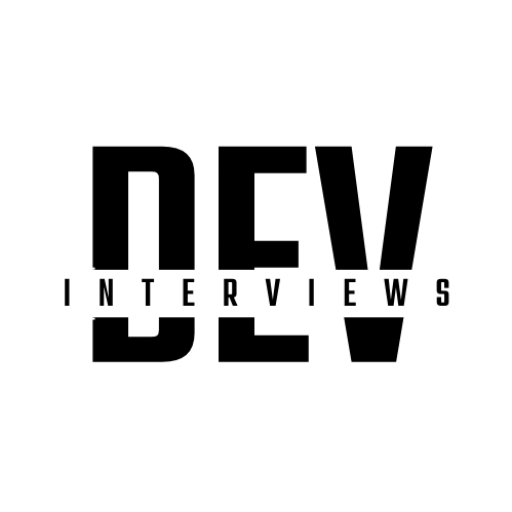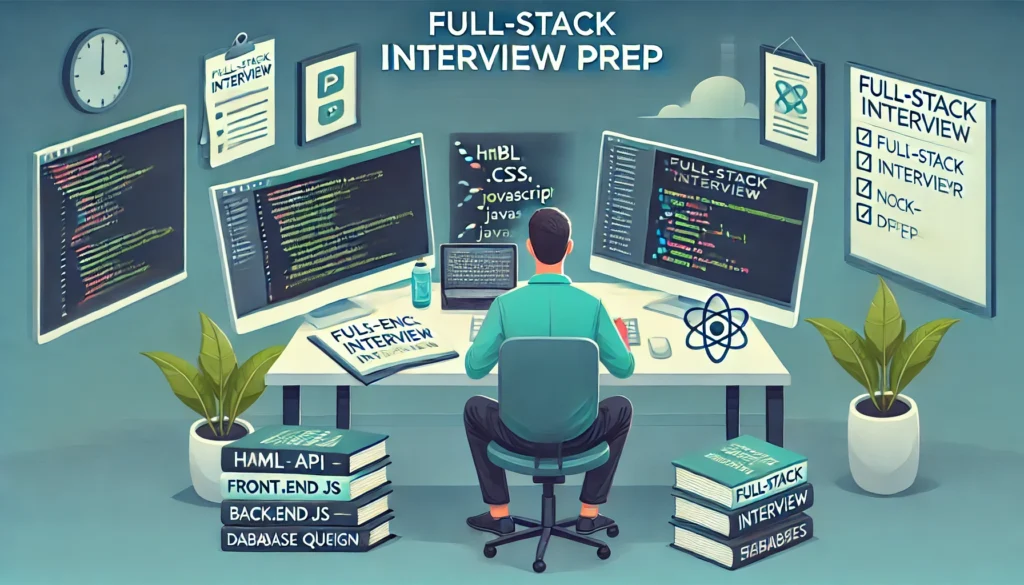Becoming a frontend developer is an exciting and rewarding journey, especially if you love designing interactive, user-friendly websites and applications. If you’re interested in pursuing this career path, follow these essential steps to build a solid foundation in frontend development and land your dream job.
Step 1: Understand the Role of a Frontend Developer
Before diving into learning, it’s crucial to understand what a frontend developer does. Frontend developers are responsible for the parts of a website that users interact with, including layout, design, and interactivity. They work closely with backend developers and designers to bring websites and applications to life.
Key skills include:
- Proficiency in HTML, CSS, and JavaScript: The core technologies for any frontend developer.
- Responsive Design: Ensuring that websites work on a variety of screen sizes and devices.
- Cross-browser compatibility: Making sure websites function properly across different web browsers.
- Version Control: Managing code with tools like Git.
- Collaboration: Working effectively with designers, developers, and stakeholders.
Step 2: Learn HTML, CSS, and JavaScript
These are the three fundamental languages for any frontend developer.
- HTML (HyperText Markup Language) provides the structure of a website. Learn how to use HTML to create basic page layouts, elements like headings, paragraphs, forms, and links.
- CSS (Cascading Style Sheets) controls the presentation and design of websites. Learn how to style your pages by adding colors, fonts, layouts, and responsive design principles using media queries.
- JavaScript is the programming language that adds interactivity to your website. Learn how to manipulate the DOM (Document Object Model), handle events, and make API calls.
Start small by building simple static websites, and as you grow more confident, experiment with more complex layouts and interactions.
Step 3: Build Projects
The best way to learn frontend development is through hands-on experience. Start by building small projects that demonstrate your understanding of HTML, CSS, and JavaScript.
Some beginner projects to consider:
- A personal portfolio website.
- A to-do list app.
- A simple landing page.
These projects will help you solidify your knowledge and build your portfolio, which is crucial for job applications.
Step 4: Learn a Frontend Framework or Library (React, Vue, or Angular)
Once you’re comfortable with the basics, it’s time to learn a JavaScript framework or library. These tools simplify and streamline the development process, allowing you to build complex user interfaces more efficiently.
- React: Developed by Facebook, React is one of the most popular libraries for building modern user interfaces.
- Vue: Known for being beginner-friendly and versatile, Vue.js is a popular framework that allows for seamless development.
- Angular: A full-fledged framework by Google, Angular is widely used in enterprise applications and requires knowledge of TypeScript.
Choose one based on your interest or the job market in your area. Understanding at least one of these is essential for becoming a professional frontend developer.
Step 5: Get Familiar with Version Control (Git)
Version control systems like Git allow developers to track changes to their code, collaborate with other developers, and manage projects more effectively. Learning Git is essential for working on real-world projects and teams.
You should:
- Understand how to clone repositories.
- Learn basic Git commands like
add,commit,push, andpull. - Get comfortable with using GitHub, GitLab, or Bitbucket for hosting your repositories.
Step 6: Master Responsive Design
More than half of web traffic comes from mobile devices, so it’s essential that your websites work on a variety of screen sizes. Learn responsive design principles using tools like:
- CSS Flexbox and Grid for flexible layouts.
- Media Queries to adjust designs for different screen sizes.
- Responsive Images that load appropriately depending on the device.
Testing your designs across devices and browsers is key to ensuring a smooth user experience.
Step 7: Optimize Performance and Accessibility
A good frontend developer is not only concerned with how a website looks but also how it performs and how accessible it is to all users.
- Performance: Learn techniques to optimize website speed, such as compressing images, lazy loading, and reducing JavaScript file sizes.
- Accessibility: Ensure your websites are usable by people with disabilities. This involves following accessibility guidelines (WCAG) and making use of semantic HTML, ARIA attributes, and keyboard navigation.
Step 8: Learn About Developer Tools
Modern browsers come with built-in developer tools that can help you debug and optimize your websites. Get comfortable using Chrome DevTools or Firefox Developer Tools to inspect code, track performance, and fix layout issues.
Step 9: Create a Portfolio
Your portfolio is your calling card as a frontend developer. Make sure it showcases your skills, projects, and experience in a clear and visually appealing way. Include:
- Links to live demos of your projects.
- Code repositories (e.g., GitHub links).
- A brief bio and your contact information.
This is the first thing recruiters or potential clients will look at, so make sure it’s polished and professional.
Step 10: Apply for Jobs or Freelance Work
Once you feel confident in your skills, start applying for frontend developer roles. Use job boards like LinkedIn, Indeed, or specialized sites like WeWorkRemotely and AngelList for remote opportunities.
Alternatively, you can start freelancing by taking on small projects to build your experience. Platforms like Upwork or Freelancer can be a good way to get your foot in the door.
By following these steps, you’ll be well on your way to becoming a frontend developer. Stay curious, keep building, and continue learning. Frontend development is a rapidly evolving field, and staying up-to-date with the latest trends and tools is key to long-term success.
Good luck on your journey!




